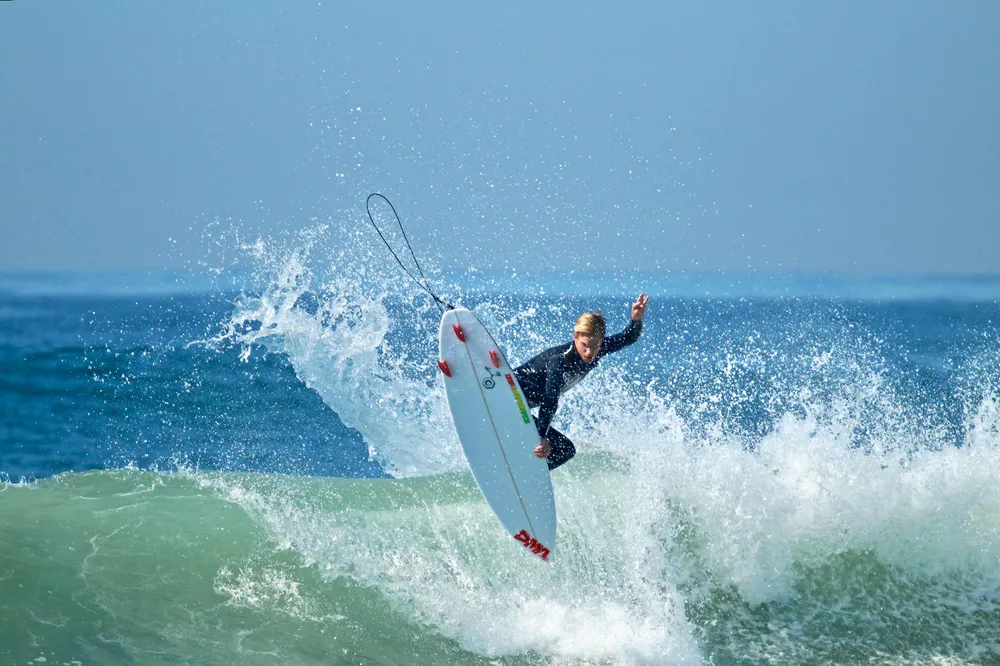'Scale up smarter' | US West Coast floating wind can learn from Northeast mistakes: Oceantic
Industry advocacy group urges largescale, steady procurement and infrastructure buildout to enable some 28GW of capacity by 2045

US West Coast states of California and Oregon can avoid unsustainable “least cost” procurement mistakes made in the Northeast offshore wind sector to enable gigascale floating wind growth, industry advocate Oceantic Network said in a recent report.
California is targeting 2-5GW capacity by 2030 and 25GW by 2045, the largest in the nation, while its northern neighbour Oregon is looking for at least 3GW by 2035, “highlighting a surge in demand for floating offshore wind along the West Coast”, Oceantic said.
As the sector works to overcome these bottlenecks, it “cannot repeat the experience of the East Coast, where a focus on least-cost offshore wind procurement yielded projects with business cases that were not resilient to macroeconomic change, often delayed, and, ultimately, proved to be undeliverable,” Oceantic warned.
In the Northeast, prior to surging inflation in 2022, offshore wind projects set low price records amid widespread expectations of continued cost declines.
Half of these projects were subsequently cancelled as inviable as costs skyrocketed some 30%, with others seeking contract renegotiations to firm up balance sheets.
Oceantic said success in West Coast floating wind “will require offtake contracts that prioritise a demonstrable path to deployment rather than chasing the lowest dollar bidder.”
The industry must recognise “prices for the initial projects will be elevated to build out this entirely new industry at commercial scale,” Oceantic noted.
Higher prices and realistic expectations of domestic content “will allow for a smooth and successful development of the entire offshore wind ecosystem, rather than a volatile stop and start buildout” as seen in other markets.
To enable development, the group urges steady investment in necessary infrastructure including transmission and port upgrades.
Gigascale projects in rural Northern California and Southern Oregon could be constrained by a lightly built grid that reflects the regions low power demand.
California independent system operator (Caiso) has already recommended transmission upgrades adjacent to the Humboldt wind energy area (WEA) to manage the coming 1.7GW of floating wind power and deliver it to load centres near San Francisco.
The US Department of Transportation (DoT) has likewise awarded a $427m grant to upgrade the Port of Humboldt Bay to handle the massive demands of floating wind, a first for the nation.
California has made some progress on centralising procurement to enable solicitation of major projects, but no single entity on par with the New York State Energy Research and Development Authority that manages that state's energy transition has yet been established.